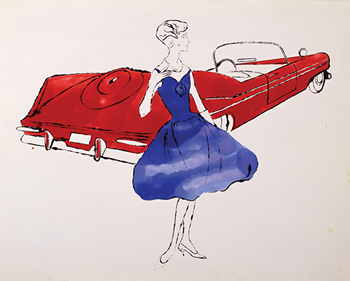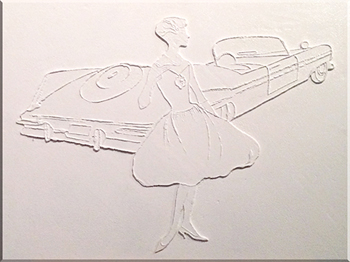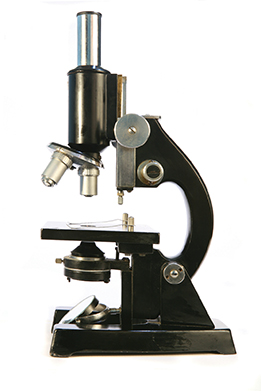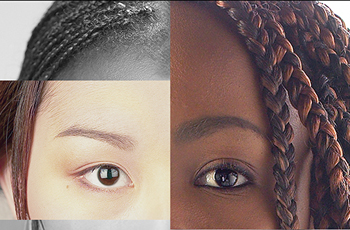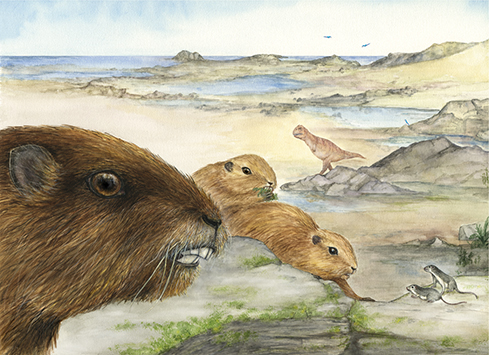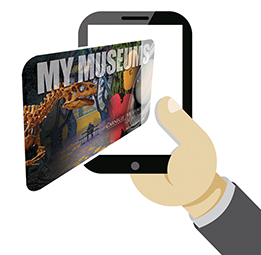 Winter 2014
Winter 2014|
MORE THAN MEETS THE EYE
How can a museum—a place that’s all about the visual—engage the visually-impaired visitor? The Andy Warhol Museum is providing touchable reproductions of iconic Andy Warhol paintings—think Campbell’s Soup and Marilyn. The 3D-printed and laser-routed replicas, some of which visitors can hold, have raised surfaces that accentuate the lines, shapes, and contours of Andy’s world-famous artwork. Also in the works at The Warhol: beta-testing of iBeacon, a new technology that applies Bluetooth low energy (BLE) to trigger location-based features for smartphone users. Retailers like Lord and Taylor are using it to provide an interactive shopping experience—alerting shoppers to special offers and favorite brands as they walk in the door or through a specific department. The Warhol is aiming to cue audio descriptions of key artworks. SMART SCIENCE
The new building, expected to be up and running next summer, will connect to an existing structure that will be renovated to include office space for researchers. It will be a true home away from home for visiting students and scientists. Traditionally, visiting researchers at Powdermill, Carnegie Museum of Natural History’s environmental research center in the Laurel Highlands, have practiced outdoor ecology using low-tech tools. But today, notes Wenzel, even basic ecological courses and research projects require some element of lab work due to the ever-increasing sophistication of the field. “We had a Geochemistry class here recently and the addition of a wet lab could essentially double the capacity of what they could do during their visit,” he says. “That of course makes us a much more useful venue.” 10,000
REFLECTING ON RACE
This past October, as the RACE: Are We So Different? exhibition came to a close at Carnegie Museum of Natural History, the YWCA of Greater Pittsburgh honored the museum with its 2014 Racial Justice Award in the category of Arts. The awards committee said it was “greatly impressed by the museum’s efforts to eliminate racism and promote equity” by creating dialogue around the exhibition. One example: the museum’s Youth Summit on Race and Identity, which brought more than 130 area students together for day-long discussions about the topics. Rabbi Mark N. Staitman reflected on RACE this way: “It was with some trepidation that I attended [the exhibition]. I had expected to encounter scowling tense faces. I was greeted by happy children, engaged adolescents, and adults talking with perfect strangers about their personal experiences. ...For more than an hour and a half I simply listened and watched. I believe that this exhibit may prove to be one of the most important ever to be hosted at The Carnegie. It could be the catalyst for transformational change in Pittsburgh.” MONSTER MAMMAL
A new “monster mammal” that scurried around the Southern Hemisphere at the end of the Age of Dinosaurs is shaking up the family tree for mammals. John Wible, curator of mammals at Carnegie Museum of Natural History, is among an international team that in early November described the well-preserved skull of Vintana sertichi in the journal Nature—a strange fossil mammal known as a gondwanatherian that lived in Madagascar 66 million years ago. In contrast to the tiny, shrew-like mammals it once lived alongside, Vintana was a large-eyed herbivore weighing in at a bulky 20 pounds. Its impact is significant, says Wible, because until now, gondwanatherians had only been known from isolated teeth and a few lower jaw fragments. “Gondwanatherians have been the big question mark in textbooks of life on Earth in the past,” says Wible. “Now, based on the discovery of Vintana, we can fill in that big question mark.” He adds that the fossil showcases the effects of evolution during a time of shifting supercontinents, and forces scientists to reexamine what they thought they knew about the early evolution of mammals. Zhe-Xi Luo, a leading expert on early mammalian evolution from the University of Chicago and a former colleague of Wible’s at Carnegie Museums, hailed the find as “the discovery of the decade for understanding the deep history of mammals.” MEMBERSHIP GOES MOBILE
|
Changing the Equation · To Have and to Hold · Art Responding to Life · Living Large · President's Note · Face Time: Tim Pearce · Artistic License: An American Treasure in the Making · About Town: Ask a Scientist · Science & Nature: Painting the Parade of Life · Travel Log · The Big Picture
 |
Copyright © 2017 CARNEGIE Magazine. All rights reserved. |

